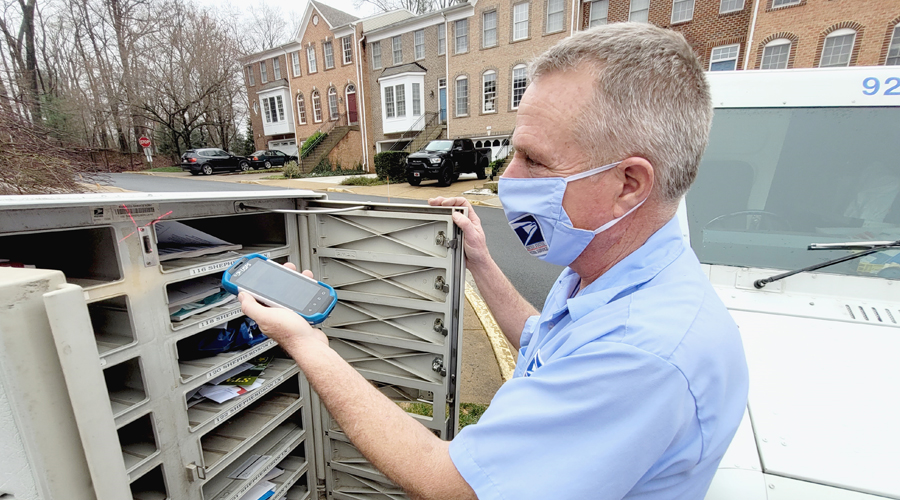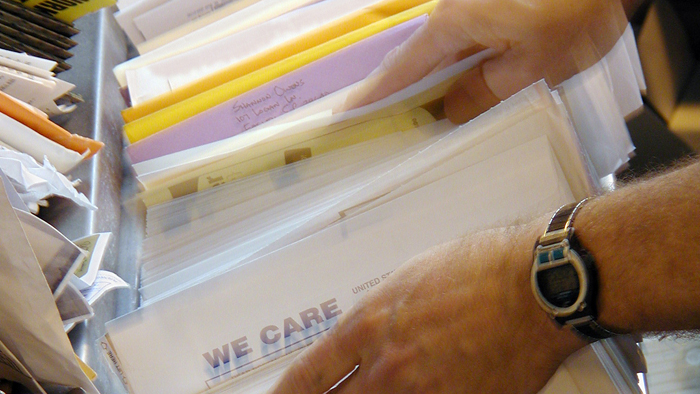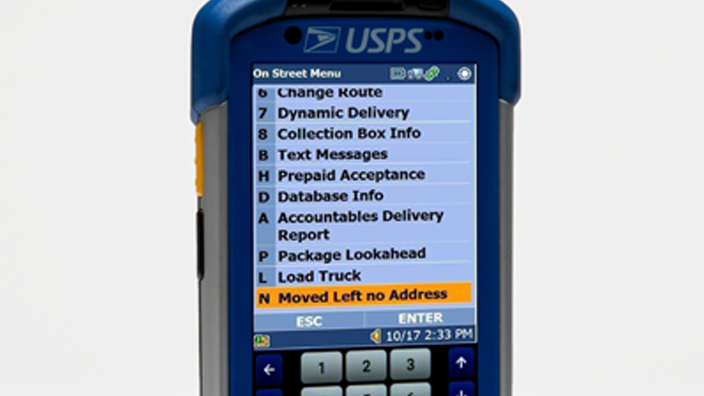The Postal Service will soon add new functionality to mobile delivery devices, or MDDs, that allows users to quickly help customers update their change-of-address requests.
For instance, when a customer makes a mistake or has to alter information on an already submitted change-of-address request, they must submit PS Form 3546 to make the correction.
It costs USPS $1.82 to process a PS Form 3546, which takes several days. The Postal Service processed 1.3 million of the forms last year.
The organization intends to save processing costs and customers’ time by adding change-of-address functionality to MDD-TR scanners in fiscal year 2023.
“Part of the Delivering for America plan is to upgrade our technology, so this aligns with the plan by improving our technology capabilities while using existing resources,” said Shelee Spears, senior address management support analyst for the USPS Addressing and Geospatial Technology team.
The team tested the address functionality during a six-week pilot program in select Post Offices in Florida, including several recently affected by Hurricane Ian.
Carriers completed 449 change-of-address edits, resulting in a 43 percent reduction in PS Form 3546 usage during the pilot, which ended Sept. 2.
“A carrier, clerk or supervisor can go into the new MDD feature and enter the change, which will update our database the next day,” Spears said.
MDD users can change customers’ temporary or permanent status, cancel change-of-address requests, change the start date or end date, or modify a secondary number, such as an incorrect apartment or house number.
These edits made up 77 percent of the 1.3 million address modifications USPS handled last year.
Based on the success in Florida, the change-of-address menu option has been pushed out to all MDD touch screens. It will become functional in a phased approach, starting in mid-to-late-November, and is expected to be completed by in the spring of 2023.
“We won’t do anything during peak season, so hopefully by the end of February or March, we should be completely rolled out,” Spears said.


